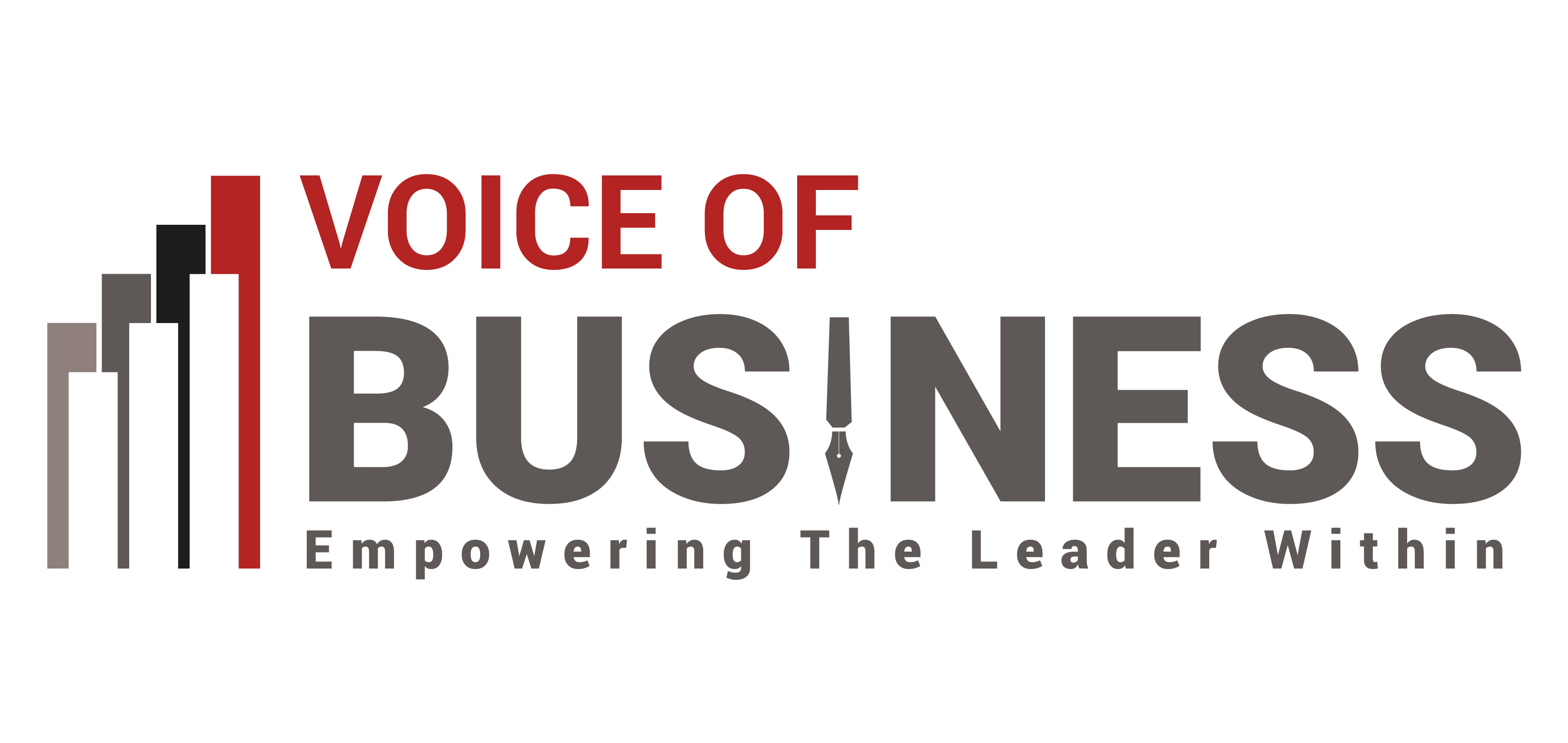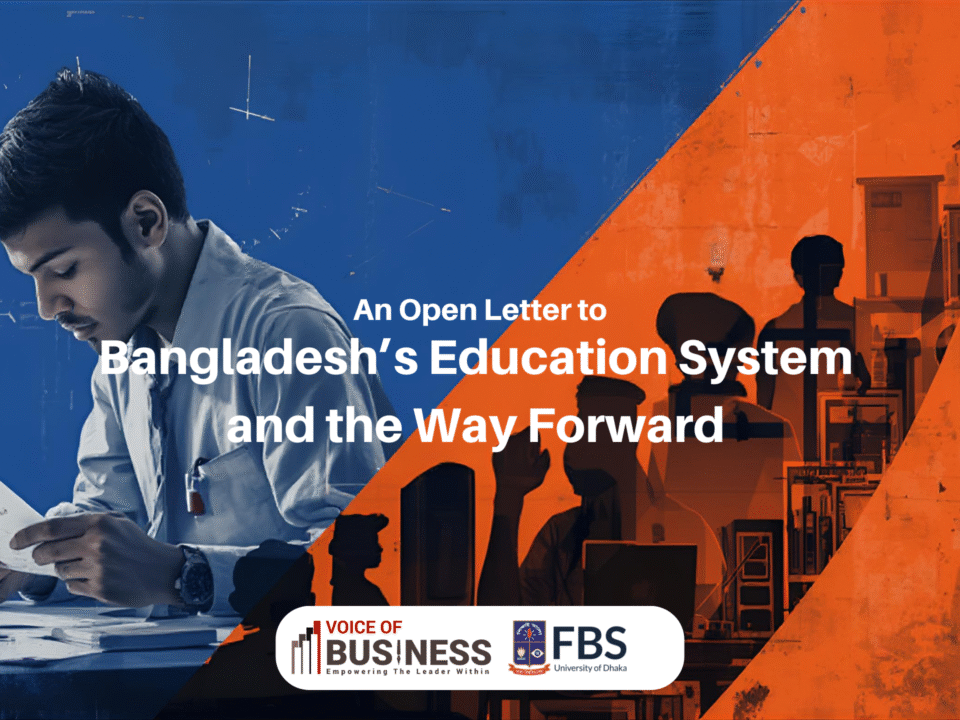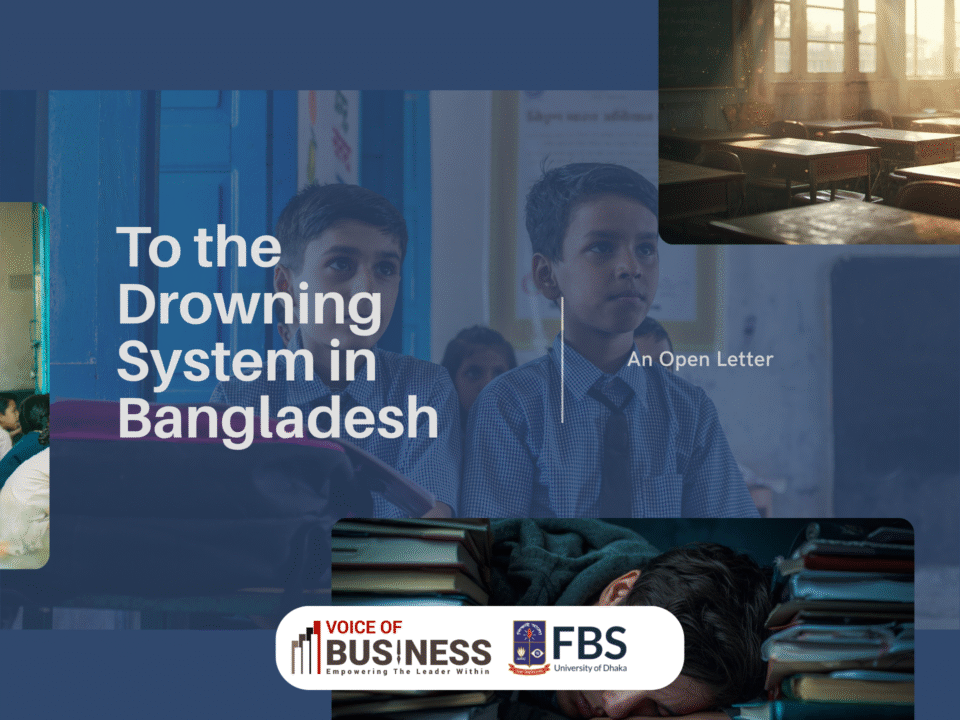“All art is quite useless,” wrote Oscar Wilde in his novel, “The Picture of Dorian Gray.”

VoB Bulletin 7th Issue 2025
May 21, 2025From Stage to Street: Artistic Movements in Bangladeshi Social Commentary
June 2, 2025What to notice here is the word “quite,” because even a marvellously talented guy like Wilde couldn’t declare art as something utterly useless. Rather, we can’t even imagine a world without any art forms. People use art to express their emotions, to tell stories, and to communicate. It has the power to make the world beautiful where everyone lives in peace; it has the power to incite revolt where we stand united against all the wrongdoings.
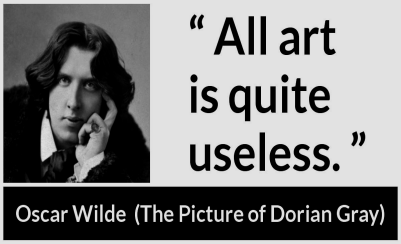
Artistic expressions may come in many forms and shapes, like music, visual arts, graffiti, literature, films, etc. For centuries, they have been used for a variety of social commentary. For expressing political opinions, attacking social ills and evils, criticizing war and poverty, sending up monarchs, and more. It has the power to bring out even the tiniest beautiful things that are left unnoticed; it has the capability to ignite the fire in people, starting a revolution.
Throughout our history, we’ve seen some incredible examples of that. During world wars, in America, Uncle Sam told young men “I want you for the U.S. Army” and recruited them to fight a war on another side of the globe.
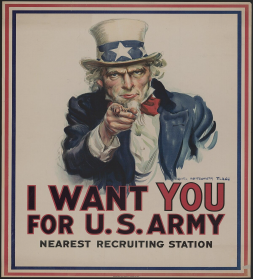
At the same time, Rosie the Riveter also encouraged women, saying “We can do it.” That’s how, for the first time in America, women entered the workforce and changed the face of the job market forever. Another example is the Harlem Renaissance, where black artists and writers created work that was being seen on the world stage. That was the very first-time people saw and experienced a black American perspective.
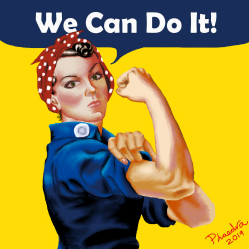
John Lenon’s “Imagine,” one of the most hopeful songs ever recorded, was released during the Vietnam War. It peaked at #3 on the Billboard Hot 100 and remains one of the most respected songs worldwide. Around the time of the 1960s, Bob Dylan’s “Blowin’ in the Wind” became an anthem for the anti-war movement. The lyrics contained questions about war, peace, and freedom. Similarly, Bob Marley’s “War” is another powerful song with layers of meaning that allow the outside world to question the ongoing wars and peace-hampering events. These songs may be released at different times, but all of them ask listeners to envision a world of peace and unity. These artistic masterpieces continue to make us rethink all the past and ongoing barbaric events around the globe, sparking the encouragement to protest against them.
Even in 1971, in the liberation war of Bangladesh, we witnessed the powerful role of forms of art, serving as much more than mere cultural elements. The singers of Swadhin Bangla Betar Kendra became known as “Voice Soldiers”. Artists painted war posters that highlighted the atrocities and suffering of refugees, which inspired the Bengali population to resist and fight back against the Pakistani forces. The immense suffering and struggle of people were portrayed through paintings and songs influencing foreign musicians to raise awareness about the war and advocate for international support through their music.
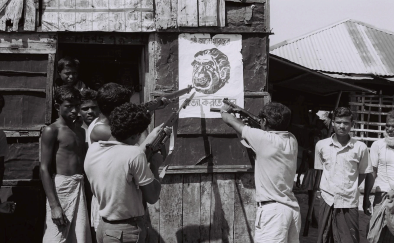
The “Concert for Bangladesh” showed the power of music in uniting people across borders for a humanitarian cause. Prior to the event in 1971, Bangladesh had not been officially recognized as a country by any nation, and even its own people were doubtful about receiving support from the West during the war. The Concert created public awareness and led to other concerts around the world, including “Goodbye Summer” in London in September 1971.
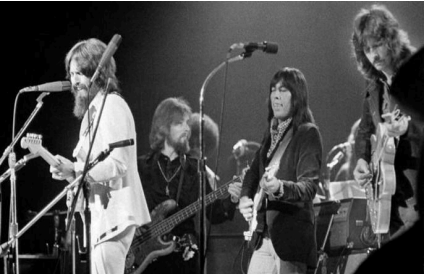
Artistic expressions continue to play a crucial role in Bangladeshi activism. Throughout history, art has energized Bangladeshi citizens and placed the country on the path to a healthier democracy. Currently, cartooning, a satirical media, is widely used by artists to criticize, protest, and report on social and political concerns. It has quietly become an effective way of social commentary. Artists are now using stencils and murals to confront themes such as corruption, poverty, and violence.
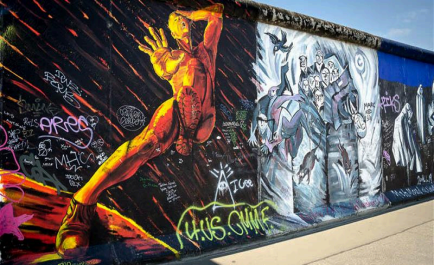
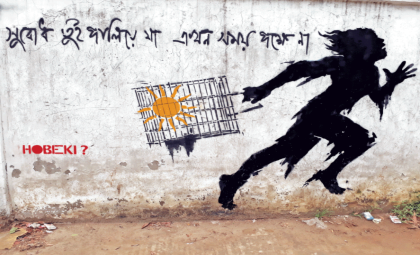
The dominant role of art in Bangladesh’s protest movements highlights the connection between creativity and civic engagement. Asifur Rahman, Concept Artist at Mighty Punch Studios and Staff Artist at The Business Standard, produced an intriguing image on the road safety movement in 2018, which was later published in a story by Al Jazeera. In October 2020, people flocked to the streets to protest against the rise of gang rape and demand equal rights for women throughout the country. What was unique about these demonstrations was the use of art to convey their demands, singing and reciting poetry with messages of women’s empowerment.
Morshed Mishu is another professional Bangladeshi cartoonist, illustrator, cover artist, and graffiti artist. On being asked how art may promote social change, he stated that it is just a means for communicating the idea of change to the public. Change takes time, and there are things in history that were right then but are not right anymore. So, to motivate people to bring about this change, art helps to make people believe in how the changes can help them.
“Shahidul Alam: Truth to Power” is the first complete U.S. museum survey of Shahidul Alam, a well-known Bangladeshi photographer, writer, activist, and institution builder who was also named Time magazine Person of the Year in 2018. The exhibition highlighted the nuanced view of Bangladesh and South Asia and demonstrated how art can be a tool for social justice, internationally.
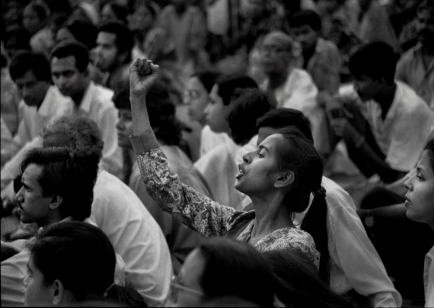
Fashion activism has recently gained momentum in Dhaka. Designers are increasingly using clothing as canvases to portray their grief, sadness, or happiness. Faiza Ahmed is a fashion activist who began as an artist and uses dresses to express herself. One of her collections, Palestine in My Mind, shows the bruises and scars left on the bodies and hearts of those wounded by the war.
Artistic forms of expression are probably the easiest way to mobilize people. Following this, IRI issued 11 small advocacy grants to artists, singers, performers, and organizations throughout Bangladesh to raise awareness of significant political or social concerns through artistic forms. They also partnered with the ArtLords, a Kabul-based art and culture organization to implement a virtual workshop that engaged 62 young artists and activists from all over the country.
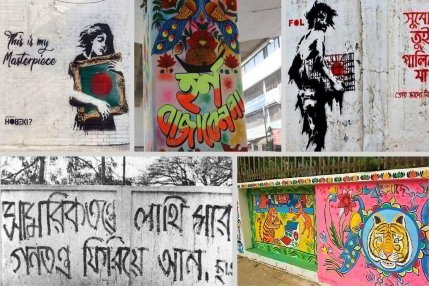
Art, as a form of activism, is not new in Bangladesh. Artists could use vibrant colours and folk iconography to make social messages resonate with the community. Theatres, our textiles, film festivals, songs, and many more artistic mediums can be utilized to convey messages, communicate, and educate people of every sector about sensitive issues in a more amicable way. The key is to use creativity to find ways to connect with the audience and spark conversation about pressing social issues. It can be beautiful, thought-provoking, and a powerful catalyst for change.
Author: Nusrat Jahan Moon
